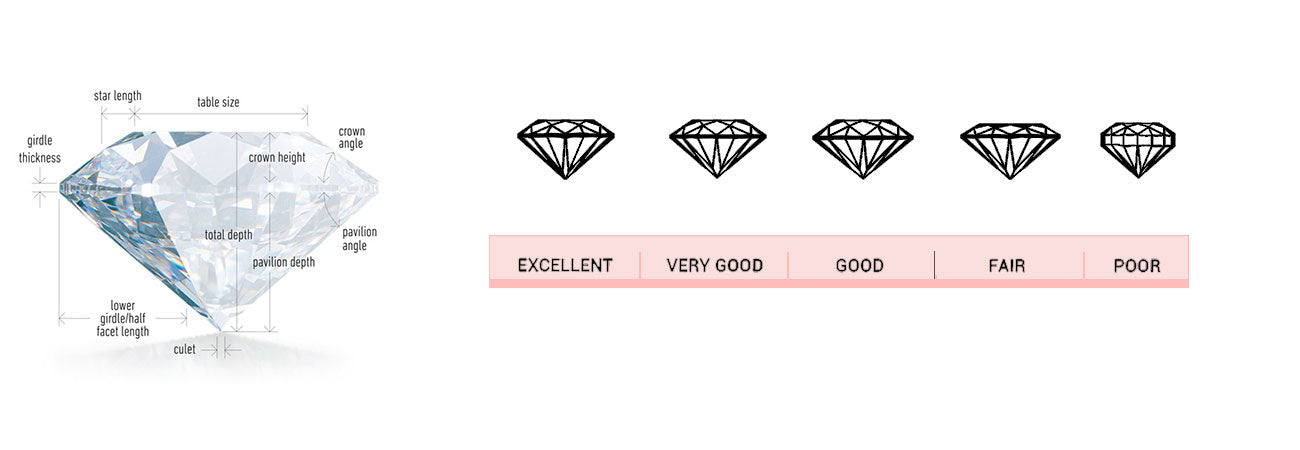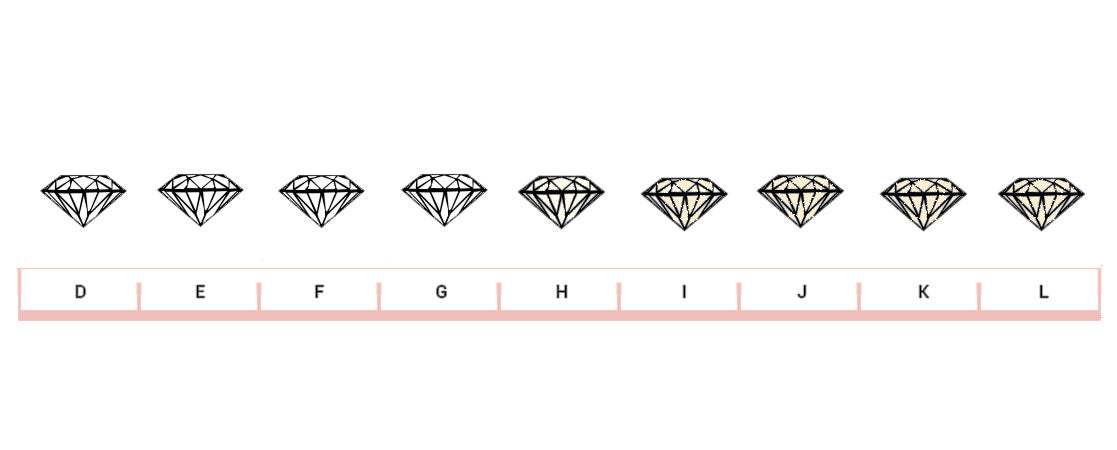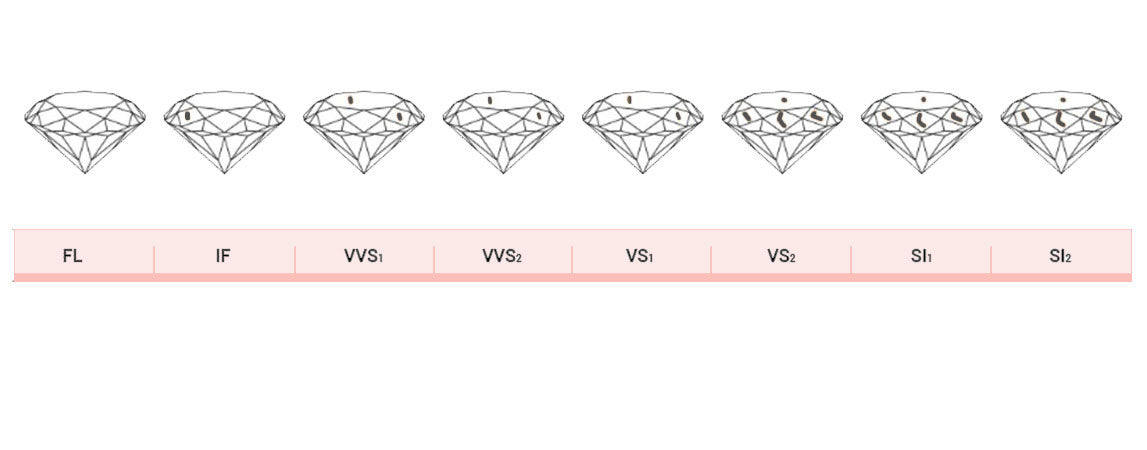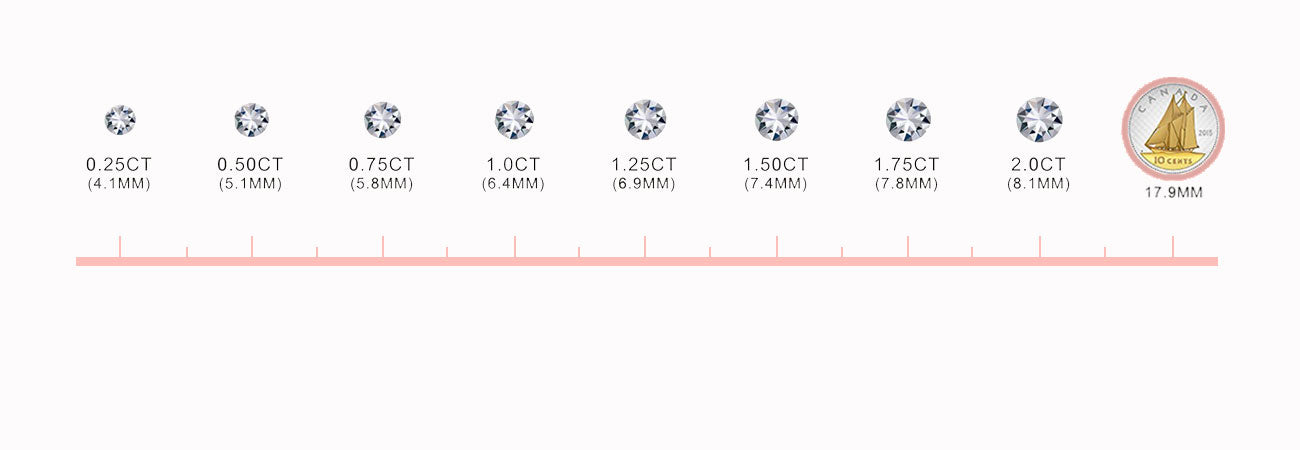sample image
Table: Girdle: Culet: Depth:sample image
Width: Length:sample image
need help?
- Graded
- Diamond Price Guarantee
- Eligible for Diamond Upgrade
Order now for free delivery on Wed, May 21, 2025 for loose diamond.
* Financing is available for Loose Diamonds with an added fee. Please contact us for details if Financing is selected at checkout.
Bank Wire/e-Transfer Price:
* Get 2% discount on your order when you bank wire or e-transfer. contact Us at online@famediamonds.com with Diamond Stock Number and we will send you an invoice.
Diamond Summary

DROP A HINT
This is too good to keep to yourself. Share it with someone you think might be interested.

DROP A HINT
This is too good to keep to yourself. Share it with someone you think might be interested.
- Shape
-
Cut

Diamond cut
Choose a color grade:- Excellent
- Very Good
- Good
- Fair
Excellent cut: Excellent cut reflects most of the light and is an exceptional quality diamond.Very Good cut: Very good cut reflects most of the light and is considered an excellent value.Good cut: Good cut grade reflects a good amount of light, although less than a very good cut grade.Fair cut: Highest cut grade. Its proportions produce a beautiful balance of fire and sparkle in a diamond. -
Color

Diamond color
Choose a color grade:- D
- E
- F
- G
- H
- I
- J
- K-Z
D color: D is the highest color grade and is an extremely rare diamond since it is considered colorless.E color: E has almost no color that can only be detected by a gemologist, and is a rare diamond.F color: F is still considered colorless with only a very slight hint of color, and is rated a high quality diamond.G color: G is a high quality diamond that is nearly colorless.H color: H is a high quality diamond that is nearly colorless.I color: I has only a slight hint of color and is rated a top value.J color: J has slightly more color and is rated a top value.K-Z color: These diamonds may appear yellow or slightly brown depending on the cut grade. -
Clarity

Diamond clarity
Choose a color grade:- F
- IF
- VVS1-VVS2
- VS1-VS2
- SI1-SI2
- I1
Flawless: Flawless: No internal or external flaws. Extremely Rare.Internally Flawless: Internally Flawless: no internal flaws, but some surface flawsVVS1-VVS2: Very Very Slightly Included (two grades). Minute inclusions very difficult to detect under 10x magnification by a trainedVS1-VS2: Very Slightly Included (two grades). Minute inclusions seen only under 10x magnification.SI1-SI2: Slightly Included (two grades). Minute inclusions more easily detected under 10x magnification.I1: Included. Diamonds may have minor eye-visible inclusions. RIO offers a limited selection of jewelry with I1 clarity diamonds. -
Carat Weight

Carat (ct.)
The international unit of weight, used for measuring diamonds and gemstones. 1 carat is equal to 200 milligrams, or 0.2 grams. -
Depth%

Depth percentage
The height of a diamond, measured from the culet to the table, divided by its average girdle diameter. One of the basic proportions that contributes to a diamond's appearance, brilliance and fire. -
Table%

Table percentage
The width of the diamond's table expressed as a percentage of its average diameter. A component of the overall cut grade, this measurement is critical to a diamond's light performance. -
Polish

Polish
Choose a color grade:- Excellent
- Very Good
- Good
- Fair
Excellent Polish: ranges from no polish features to a few minute polish features that can be viewed with difficulty face-up at 10X magnification.Very Good Polish: minor polish features are seen face-up at 10X magnification.Good Polish: noticeable polish features are seen face-up at 10X magnification. The luster of the diamond may be affected when viewed with the unaided eye.Fair cut: obvious heavy polish features are seen face-up at 10X magnification. The luster of the diamond is affected when viewed with the unaided eye. -
Symmetry

Symmetry
Choose a color grade:- Excellent
- Very Good
- Good
- Fair
Excellent Symmetry: Rranges from no symmetry features to minute symmetry features that can be viewed with difficulty face-up at 10X magnification.Very Good Symmetry: Minor symmetry features are seen face-up at 10X magnification.Good Symmetry: Noticeable symmetry features are seen face-up at 10X magnification. The diamond’s overall appearance may be affected when viewed with the unaided eye.Fair Symmetry: Obvious symmetry features are seen face-up at 10X magnification. The diamond’s overall appearance is often affected when viewed with the unaided eye. -
Girdle

Girdle
Where the crown and pavilion meet, defining the diamond's outline. Avoid extremely thin girdles, which can make a diamond more prone to damage, or extremely thick, which can cause the diamond to look smaller than diamonds of similar weight. -
Culet

Culet
The facet or point at the bottom of a diamond pavilion. In preferred diamond cut grades, culets are generally undetectable to the unaided eye and graded none to small. Medium to large culets may have an impact on light performance. -
Fluorescence

Polish
A measure of the visible light some diamonds emit when exposed to ultraviolet (UV) rays. Diamonds with a strong or very strong fluorescence are a better value because the market prices them slightly lower. It is quite rare for fluorescence to have any visual impact on a diamond's appearance, and it does not compromise the gem's structural integrity in any way. - Measurements
- Stock No
- Location
- GIA Number View
About 4C
Diamond Cut:
Diamonds are renowned for their ability to transmit light and sparkle so intensely. We often think of a diamond’s cut as shape (round, heart, oval, marquise, pear), but a diamond’s cut grade is really about how well a diamond’s facets interact with light. Precise artistry and workmanship are required to fashion a stone so its proportions, symmetry and polish deliver the magnificent return of light only possible in a diamond.

Excellent cut: Excellent cut reflects most of the light and is an exceptional quality diamond.
Very Good cut: Very good cut reflects most of the light and is considered an excellent value.
Good cut: Good cut grade reflects a good amount of light, although less than a very good cut grade.
Fair cut: Highest cut grade. Its proportions produce a beautiful balance of fire and sparkle in a diamond.
Poor cut: Highest cut grade. Its proportions produce a beautiful balance of fire and sparkle in a diamond.
Diamond Color:
The diamond color evaluation of most gem-quality diamonds is based on the absence of color. A chemically pure and structurally perfect diamond has no hue, like a drop of pure water, and consequently, a higher value. GIA’s D-to-Z diamond color-grading system measures the degree of colorlessness by comparing a stone under controlled lighting and precise viewing conditions to masterstones of established color value.

D color: D is the highest color grade and is an extremely rare diamond since it is considered colorless.
E color: E has almost no color that can only be detected by a gemologist, and is a rare diamond.
F color: F is still considered colorless with only a very slight hint of color, and is rated a high quality diamond.
G color: G is a high quality diamond that is nearly colorless.
H color: H is a high quality diamond that is nearly colorless.
I color: I has only a slight hint of color and is rated a top value.
J color: J has slightly more color and is rated a top value.
K color: These diamonds may appear yellow or slightly brown depending on the cut grade.
L color: These diamonds may appear yellow or slightly brown depending on the cut grade.
Diamond Clarity:
Natural diamonds are the result of carbon exposed to tremendous heat and pressure deep in the earth. This process can result in a variety of internal characteristics called ‘inclusions’ and external characteristics called ‘blemishes.’
Evaluating diamond clarity involves determining the number, size, relief, nature, and position of these characteristics, as well as how these affect the overall appearance of the stone. While no diamond is perfectly pure, the closer it comes, the higher its value.

Flawless: Flawless: No internal or external flaws. Extremely Rare.
Internally Flawless: Internally Flawless: no internal flaws, but some surface flaws
VVS1: Very Very Slightly Included (two grades). Minute inclusions very difficult to detect under 10x magnification by a trained
VVS2: Very Very Slightly Included (two grades). Minute inclusions very difficult to detect under 10x magnification by a trained
VS1: Very Slightly Included (two grades). Minute inclusions seen only under 10x magnification.
VS2: Very Slightly Included (two grades). Minute inclusions seen only under 10x magnification.
SI1: Slightly Included (two grades). Minute inclusions more easily detected under 10x magnification.
SI2: Slightly Included (two grades). Minute inclusions more easily detected under 10x magnification.
Diamond Carat Weight: ct.
Diamond carat weight is the measurement of how much a diamond weighs. A metric “carat” is defined as 200 milligrams. Each carat can be subdivided into 100 ‘points.’ This allows very precise measurements to the hundredth decimal place. All else being equal, diamond price increases with diamond carat weight because larger diamonds are more rare and more desirable. But two diamonds of equal carat weight can have very different values (and prices) depending on other factors of the diamond.


